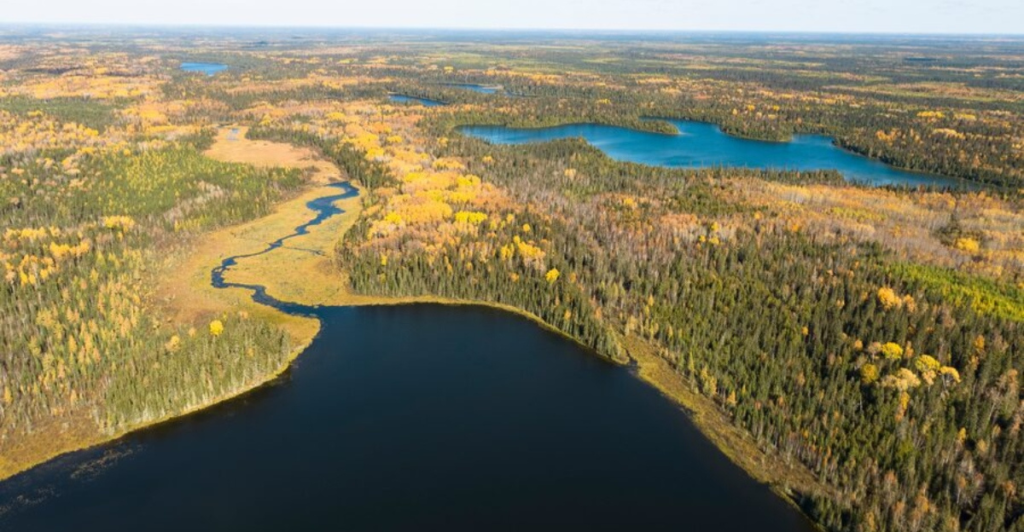
Canada has long danced on the edge of a climate contradiction. It’s got lush forests and progressive climate goals, but it’s also home to the oil sands—one of the most carbon-intensive operations on Earth. So how’s it trying to clean up? By going underground. Literally.
The government is going all-in on Carbon Capture and Storage (CCS)—a techy solution where CO₂ is trapped at the source and injected into deep geological formations so it can’t mess with the climate upstairs. Basically: vacuum up your mess and shove it in the basement.
It sounds slick, but it’s not without baggage. Between environmentalist skepticism, oil industry involvement, and billion-dollar price tags, Canada’s CCS pivot could either be genius—or a glorified PR stunt. Let’s unpack it.
Alberta’s Giant Carbon Pipe Dream
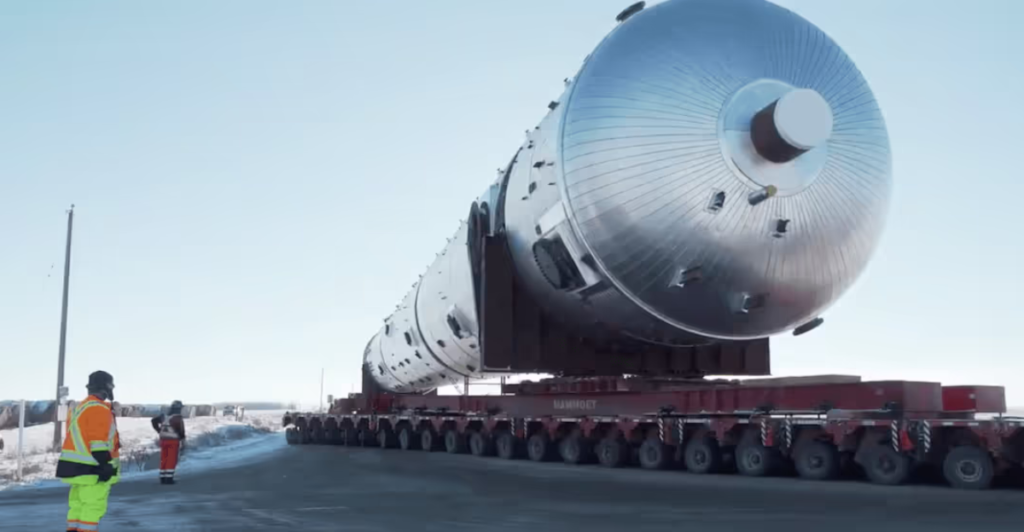
Meet the Alberta Carbon Trunk Line (ACTL)—Canada’s crown jewel of CCS infrastructure. This 240-kilometer pipeline moves captured CO₂ from refineries to old oil fields, where it’s used for something called enhanced oil recovery (translation: squeezing out the last drops of crude).
ACTL can transport up to 14.6 million tonnes of CO₂ a year, and industry’s pretty hyped. It’s billed as a climate savior and a profit booster. After all, storing carbon while drilling more oil sounds like a two-for-one deal… if you squint hard enough.
Critics, though, aren’t impressed. They argue that pumping CO₂ into the ground to extract more fossil fuels is like eating kale with a cheeseburger—it cancels itself out. Still, ACTL remains the poster child for CCS in Canada.
Shell’s Quest: Clean Energy or Clean Conscience?
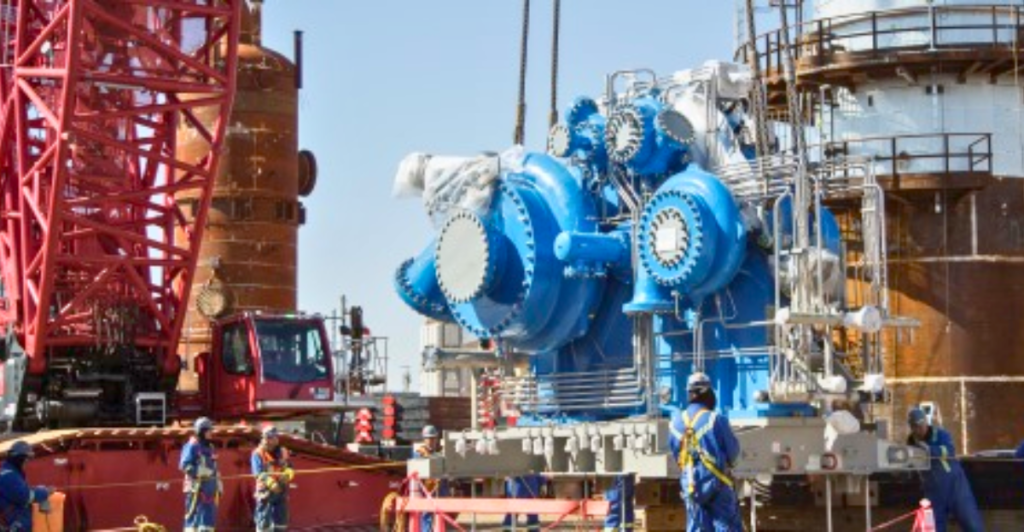
In Alberta, Shell’s Quest CCS project has quietly been storing about 1 million tonnes of CO₂ per year since 2015. It captures emissions from an oil sands upgrader and pumps them into a deep saline aquifer two kilometers below Earth’s surface.
Shell says it’s proof that CCS works—look, we’re catching carbon! But environmentalists roll their eyes. Yes, it’s removing emissions—but just a sliver compared to the total pollution the oil sands belch out every year.
It’s a start, sure. But when you’re trying to clean up a carbon hotspot like the oil sands, token gestures don’t cut it. Unless Quest scales massively—or inspires a dozen copycats—it’s not a silver bullet. More like a reusable bandage.
Boundary Dam: Coal’s Last Stand
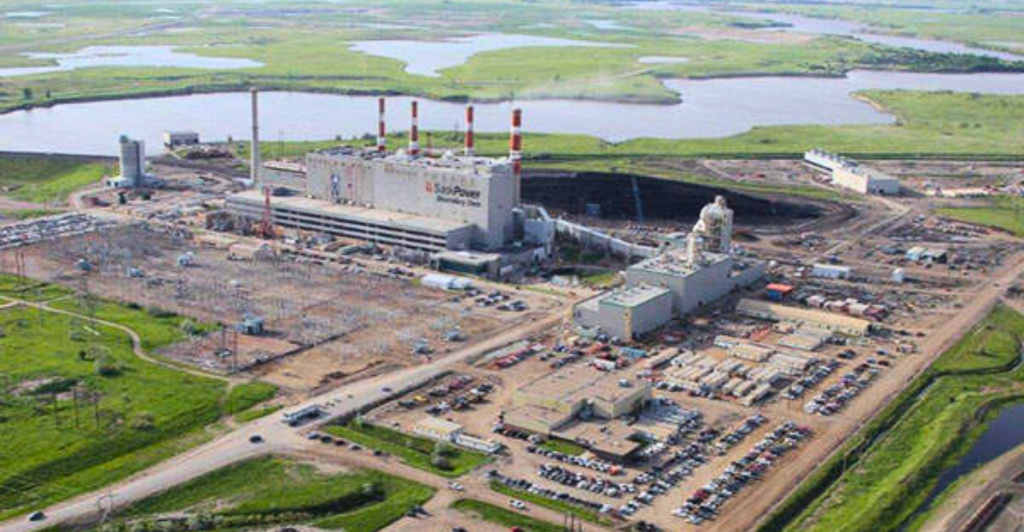
Over in Saskatchewan, the Boundary Dam power station became the world’s first coal plant with full-scale CCS back in 2014. It captures up to 90% of CO₂ from one of its units and pumps it underground. Sounds like a win for coal, right?
Kinda. The plant’s had maintenance issues, missed targets, and a hefty price tag (over a billion CAD). Plus, the captured carbon? Mostly sold to oil fields to—you guessed it—dig up more oil. That’s like bailing out your sinking boat into another boat with a hole.
Still, Boundary Dam proves that retrofitting dirty energy is possible. The bigger question: Should we be retrofitting coal, or moving past it entirely? A lot of Canadians say the latter.
Weyburn-Midale: The OG Carbon Sink
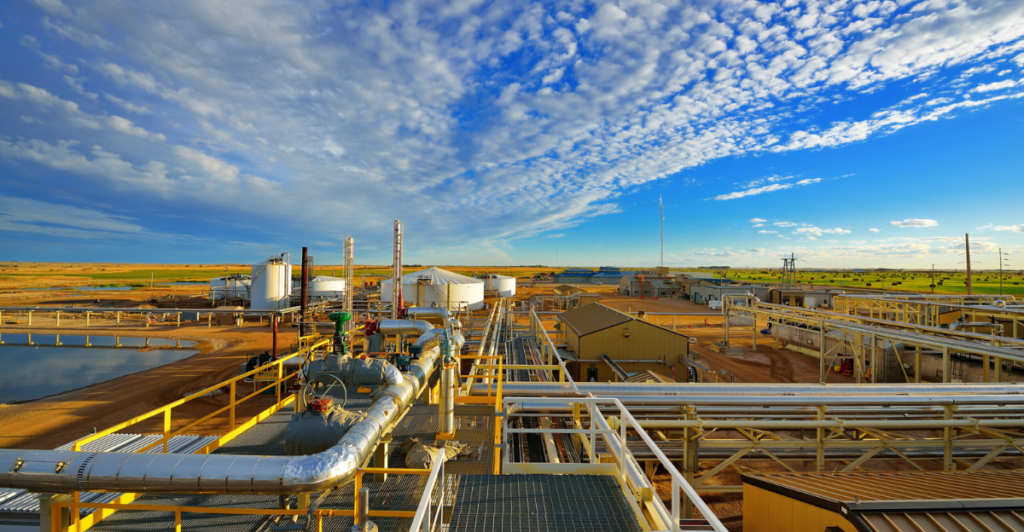
Long before CCS was trendy, Saskatchewan’s Weyburn-Midale project was quietly burying CO₂ underground. Launched in 2000, it’s one of the world’s longest-running and largest carbon storage projects, expected to lock away 40 million tonnes over its lifespan.
It’s often used as Exhibit A in the “see, this works!” argument. The tech has held up, the carbon hasn’t leaked, and enhanced oil recovery kept the project economically viable. Science loves it. Industry loves it. Activists? Still side-eyeing it.
Because again, storing CO₂ just to get more oil out of the ground feels… counterproductive. Weyburn-Midale shows CCS can work technically—but whether it’s working for the climate long-term? That’s still up for debate.
Canada’s Wallet: Big Bucks, Big Bets
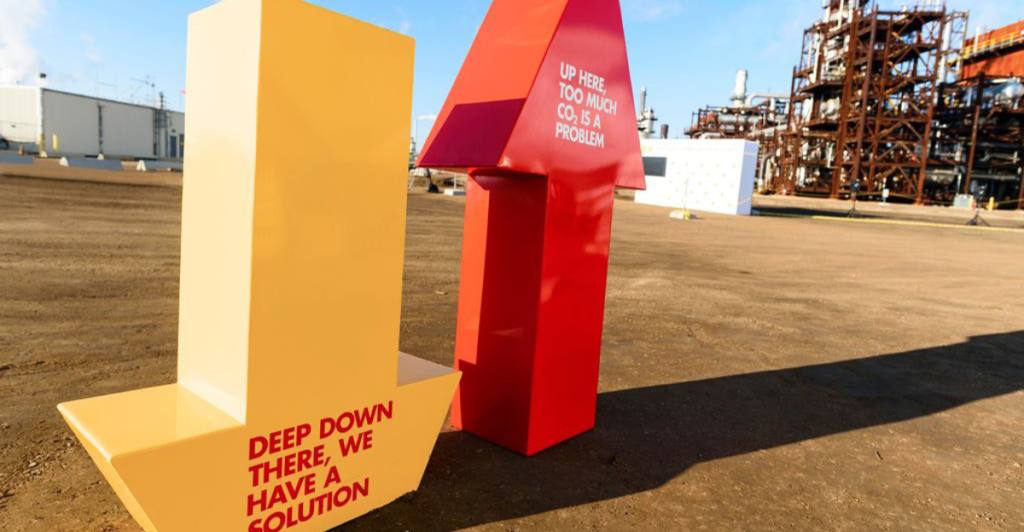
CCS isn’t cheap—and Canada’s not holding back. The federal government has pledged $14 million to carbon tech research and a whopping $2 billion to help companies like Strathcona Resources build large-scale capture and storage systems.
The goal? Hit net-zero emissions by 2050 without completely dismantling the fossil fuel industry overnight. It’s a tightrope walk—balancing political pressure, economic growth, and environmental accountability.
Still, critics say we’re throwing taxpayer money at a band-aid instead of curing the disease. Imagine what that $2 billion could do for solar, wind, or public transit. But for now, Ottawa’s betting that burying carbon is faster than phasing it out.
Alberta’s Master Plan: Carbon Hubs and Industry Love
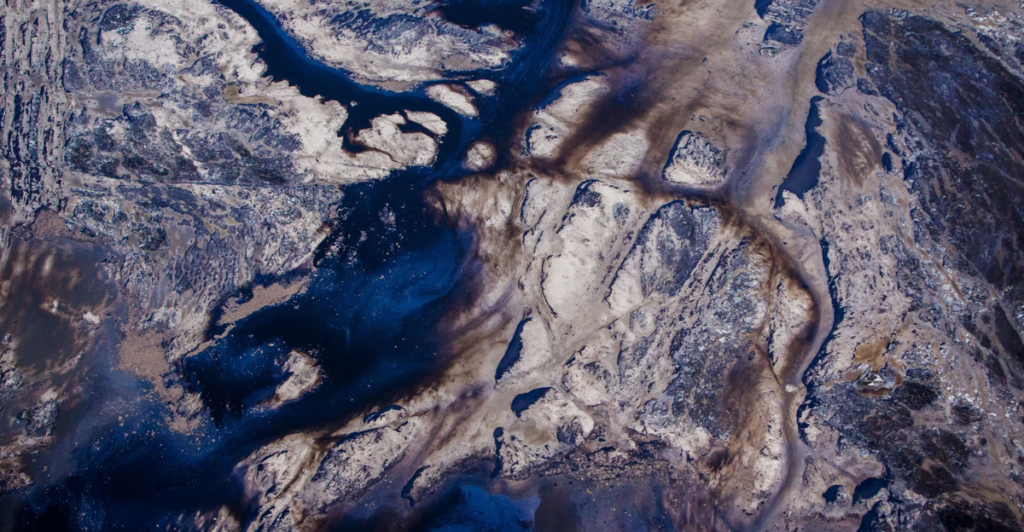
Alberta’s not just dipping a toe in—it’s going full cannonball into CCS. The province is setting up carbon storage hubs, picking six proposals to store emissions from everything from refineries to cement plants.
It’s basically a CO₂ dump network, where companies pay to hide their emissions deep underground. Alberta says it’ll help the province stay competitive while “decarbonizing” the oil and gas sector. Convenient.
Of course, this could be clever climate leadership—or just a polished way to delay the energy transition. As long as fossil fuels remain the backbone of Alberta’s economy, CCS might be used more as a shield than a sword.
Public Mood: Impressed? Or Just Over It?

Public support for CCS is… mixed. Canadians love a clean energy headline, but they’re not easily fooled. Many see it as a high-tech excuse to keep drilling, mining, and polluting—with a little green ribbon slapped on top.
Environmental groups aren’t buying it either. They say CCS gives oil companies cover to keep polluting while pretending to be part of the solution. And they’re not wrong—CCS can reduce emissions, but only if paired with actual cuts, not greenwashed business-as-usual.
Want public trust? Then prove it’s more than PR. Make it transparent. Track it publicly. And stop pairing carbon burial with more oil extraction. Until then, people are skeptical—and rightfully so.
Will It Hold? The Science of Shoving CO₂ Underground
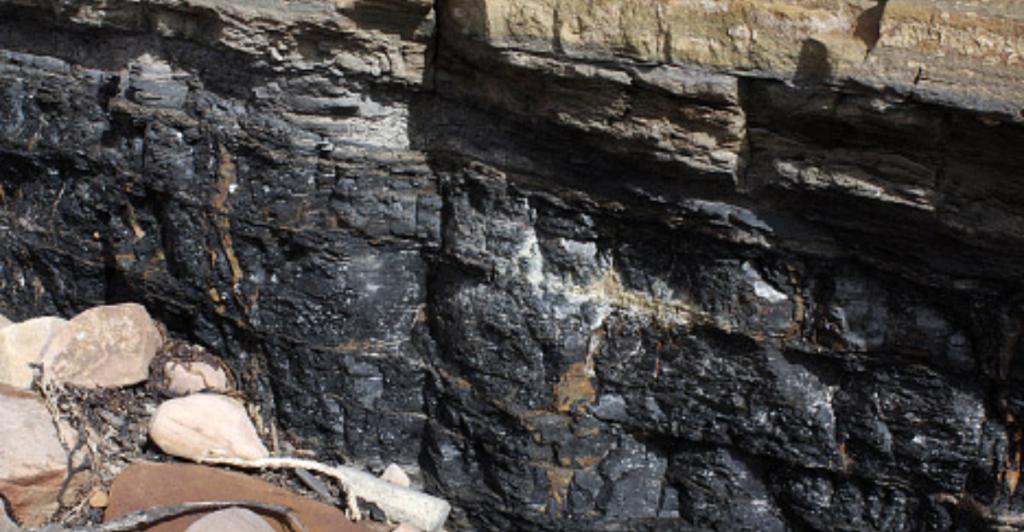
Here’s the big question: Once we bury millions of tonnes of CO₂… will it actually stay there? Science says yes—probably. Most of the carbon is stored in rock layers sealed by impermeable caps. Monitoring tech helps too: sensors, seismic mapping, and constant testing.
But forever is a long time. A teeny leak decades from now could undermine all the benefits. And unlike a spilled coffee, a carbon leak could be silent, invisible, and dangerous.
So far, CCS projects have held up well. But the risk, even if small, keeps researchers and regulators on high alert. You don’t just bury a crisis and hope for the best. You babysit it—forever.
A Climate Hero—or a High-Stakes Hail Mary?
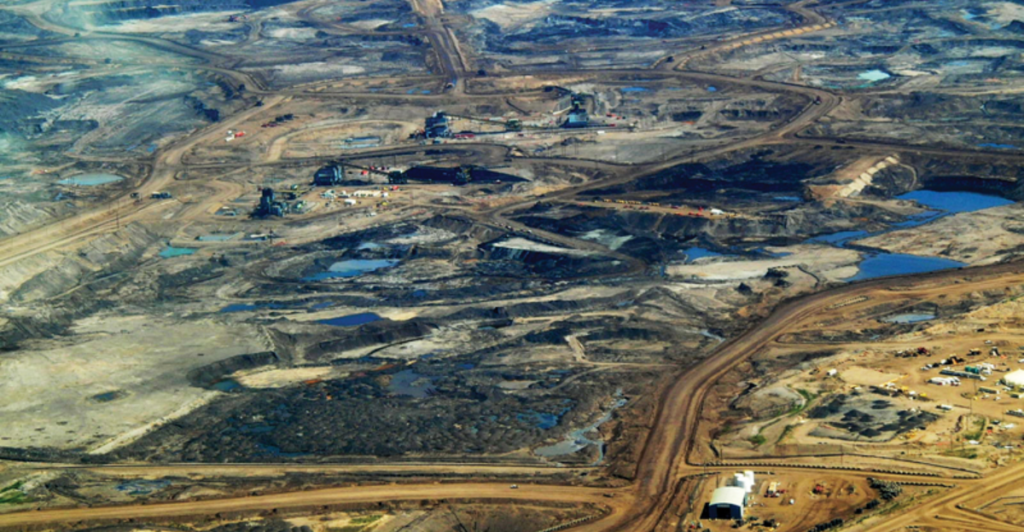
CCS is flashy, expensive, and loaded with potential—but it’s not magic. Canada’s carbon reservoir push could either lead the world in fighting emissions… or delay the real work of kicking fossil fuels to the curb.
The good news? It’s better than doing nothing. The bad news? It can’t be the only thing. We still need to cut emissions, invest in renewables, and reimagine how we power the country. CCS isn’t a free pass—it’s a seatbelt on a bus that still needs a new engine.
Canada’s opened the floodgates. Now it has to prove the carbon’s going somewhere—and not just buying time we don’t have.
Explore more of our trending stories and hit Follow to keep them coming to your feed!

Don’t miss out on more stories like this! Hit the Follow button at the top of this article to stay updated with the latest news. Share your thoughts in the comments—we’d love to hear from you!







